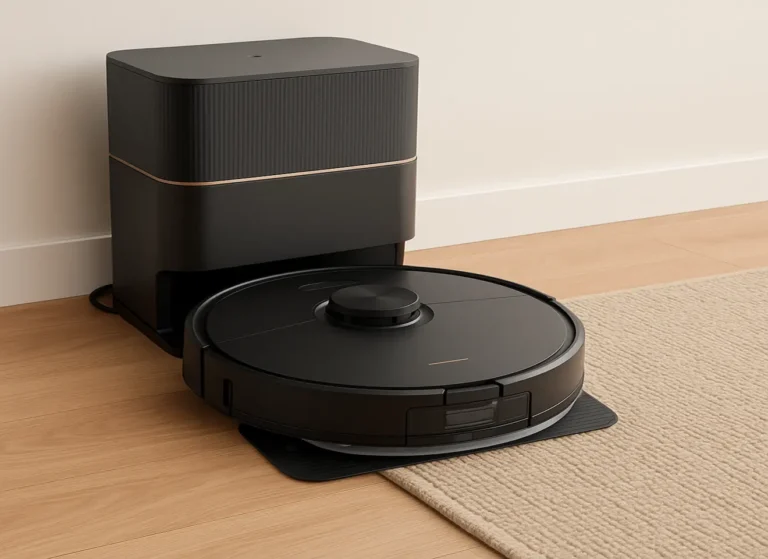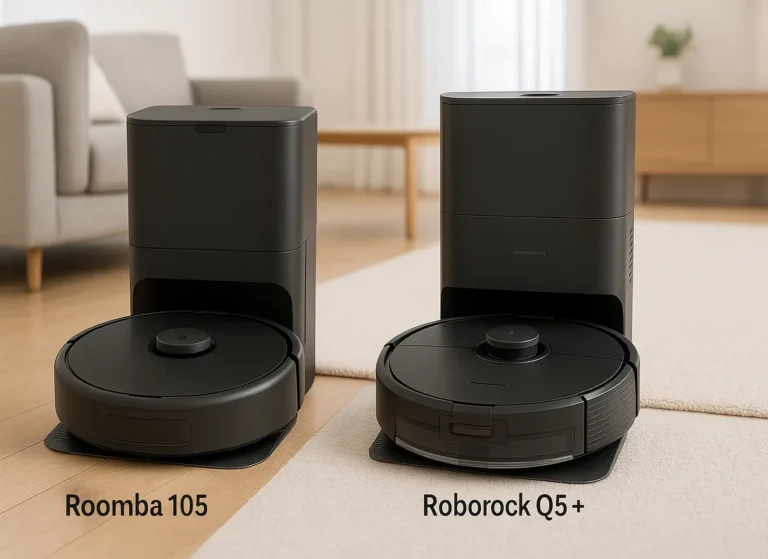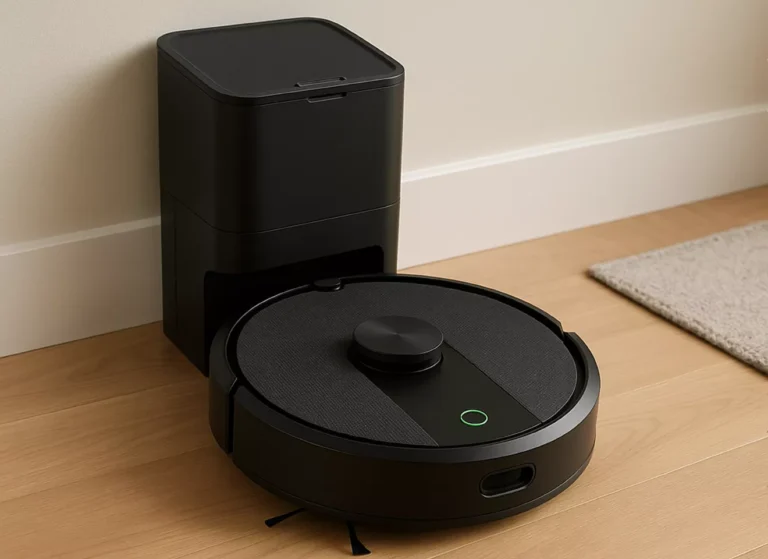Voice Control Smart Home: The New Era of Intelligent Control
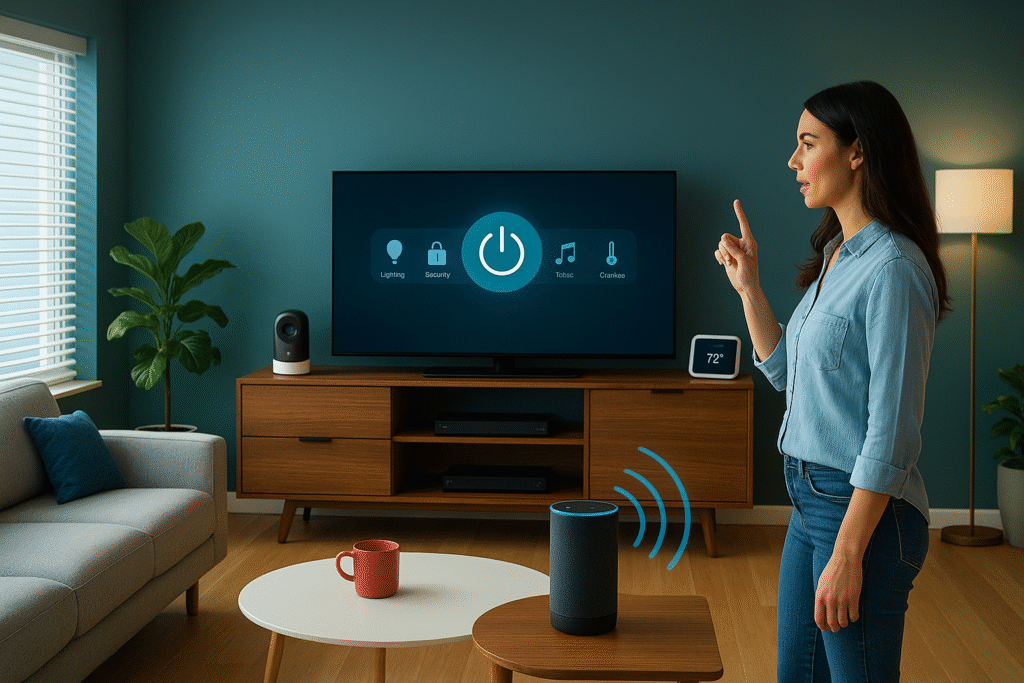
by Jake Morgan
Voice Control Smart Home: The New Era of Intelligent Control
In the fast-evolving world of home automation, voice control smart home technology is leading a revolution that transforms how we interact with our living spaces. Gone are the days when controlling lights or adjusting the thermostat meant fumbling with switches or remote controls. Today, with smart assistants like Amazon Alexa and Google Home at the forefront, voice commands provide effortless and intuitive control over a wide array of devices, ushering in a new era of intelligent living.
Introduction to Voice Control Smart Home and Gesture Control Smart Home
Voice control smart home systems allow users to operate connected devices through spoken commands, creating a hands-free experience that enhances convenience and accessibility. These systems often integrate with digital assistants, which understand natural language and execute tasks such as playing music, setting reminders, or adjusting smart thermostats.
In parallel, gesture control smart home technology is gaining traction as an innovative way to interact with devices using hand movements or body gestures. Although still emerging, gesture control complements voice commands, offering an alternative method for users who may prefer or require a non-verbal interface.
Together, voice and gesture controls signify a shift toward more natural and seamless human-device interaction, minimizing friction and making smart homes more user-friendly.
Emerging Technologies in Smart Home Technology
The backbone of voice control smart home technology lies in advancements in natural language processing (NLP), machine learning, and IoT (Internet of Things) connectivity. Devices like Amazon Echo and Google Home leverage cloud computing to constantly improve their understanding of user commands, adapting to different accents and languages with remarkable accuracy.
Beyond these popular hubs, brands like Sonos with its voice-enabled speakers and Ecobee with smart thermostats integrated with Alexa and Google Assistant illustrate how voice control extends across diverse smart home categories. The Ecobee SmartThermostat, for example, features built-in Alexa, allowing homeowners to control temperature, check weather, or even manage other connected devices simply by speaking.
Gesture control, meanwhile, incorporates technologies such as radar sensing and computer vision. The Google Nest Hub Max integrates gesture controls, letting users pause or play videos with a wave of the hand, an example of how this technology enhances interaction without touch or voice.
Notable Examples of Devices with Voice and Gesture Control
Among the most recognizable voice control smart home devices are Amazon Alexa-enabled products and Google Home devices. Amazon’s Echo line, including the Echo Dot and Echo Show, offers a broad ecosystem where users can manage lighting (Philips Hue), security cameras (Ring), and even kitchen appliances (June Oven) via voice.
Google Home devices like the Nest Mini and Nest Hub provide similar versatility, with deep integration into Google services such as Calendar, Maps, and YouTube, making them ideal for users embedded in the Google ecosystem.
Gesture control, while less widespread, is present in devices like the aforementioned Google Nest Hub Max and some smart TVs that use motion sensors to allow users to navigate menus or adjust volume without a remote. Emerging startups also experiment with wristbands or wall-mounted sensors that translate gestures into commands for lights or music, expanding the interaction possibilities further.
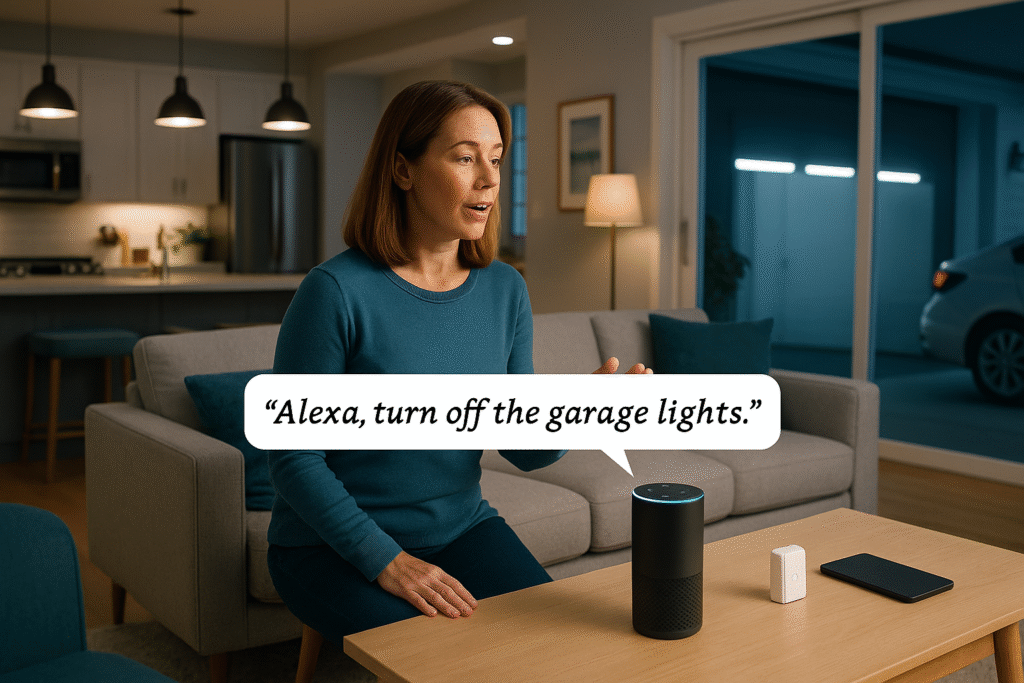
Benefits of Voice Control Smart Home for Comfort and Accessibility
The benefits of integrating voice control into smart homes are profound. For everyday convenience, being able to switch off lights, lock doors, or adjust temperature without lifting a finger simplifies routines and saves time. This hands-free interaction is especially beneficial for multitasking or when hands are occupied.
Accessibility is another key advantage. For elderly users or individuals with mobility impairments, voice control can be life-changing. It enables independent control of home environments without the need for physical interaction, improving quality of life and safety. Features like voice-activated emergency calls or reminders ensure users stay connected and secure.
Moreover, voice assistants continuously learn from usage patterns, tailoring responses and suggestions to individual preferences. This personalization enhances the overall smart home experience, making technology feel less like a tool and more like a helpful companion.
The Future of Voice Control and Gesture Control in Smart Homes
Looking ahead, voice and gesture controls are poised to become even more integrated and sophisticated. Advances in AI promise more intuitive understanding of context, emotion, and complex commands, moving beyond simple instructions to conversational interactions. Imagine a smart home that not only responds but anticipates needs based on daily routines and preferences.
Gesture control is likely to grow in tandem, with sensors becoming more accurate and unobtrusive. The combination of voice and gesture could create hybrid interfaces that allow users to interact with their homes in the most natural way possible.
Privacy and security will remain crucial considerations, with manufacturers focusing on data encryption and local processing to protect user information while maintaining responsiveness.
The voice control smart home revolution is transforming how we live, making homes more convenient, accessible, and personalized. Leaders like Amazon Alexa and Google Home are setting the pace with expansive ecosystems and continual technological advancements. Devices equipped with voice and gesture control are no longer futuristic concepts but everyday tools enhancing comfort and independence.
As these technologies mature, the promise is clear: a home that understands and adapts to you, seamlessly blending into daily life and empowering all users to experience the benefits of smart living.
If you want to dive deeper into the ecosystem of voice-controlled devices, check out these articles:
- Amazon Echo Hub: The Smartest Way to Control Your Smart Home?
- Is the Amazon Echo Spot the Smart Alarm Clock You Didn’t Know You Needed?
Related posts:
- What Is Amazon Alexa? A Beginner’s Guide to Your Voice-Controlled Assistant What Is Amazon Alexa? A Beginner’s Guide to Your Voice-Controlled...
- Shark AI Ultra Voice Control Robot Vacuum with Matrix Clean Navigation Review by EasySmartHomeGuide Editorial Team — Updated 8 October, 2025 Shark...
- Smart Home 101: Your First Step into Home Automation Smart Home 101: Your First Step into Home Automation by...
- AI-Powered Smart Homes: The Future of Home Automation AI-Powered Smart Homes: The Future of Home Automation by EasySmartHomeGuide...

